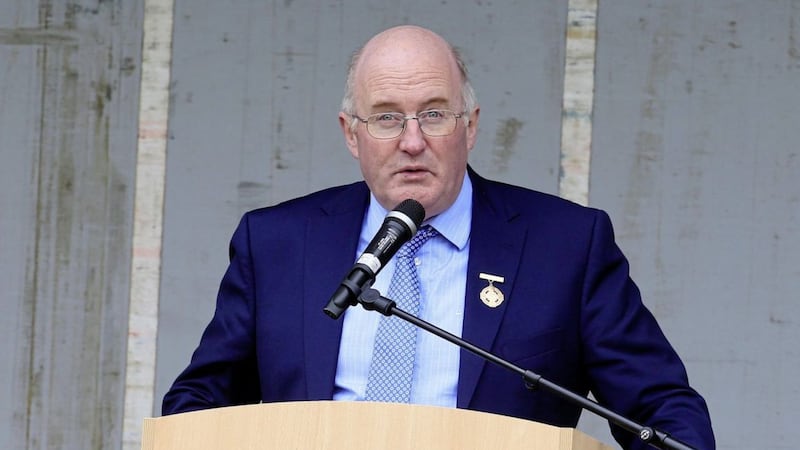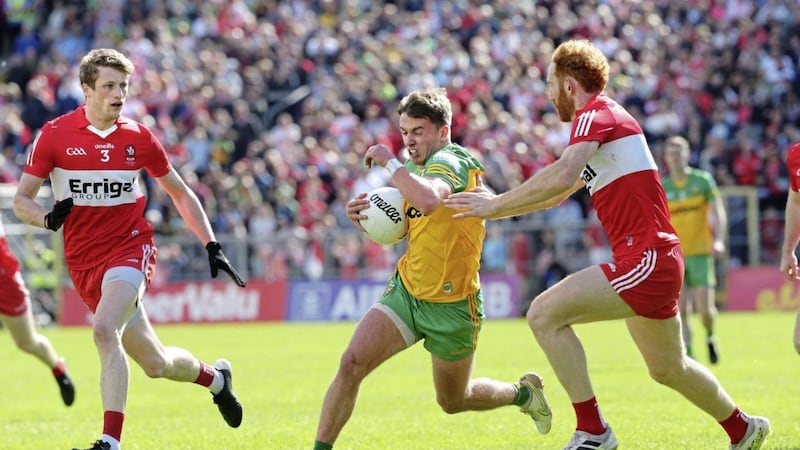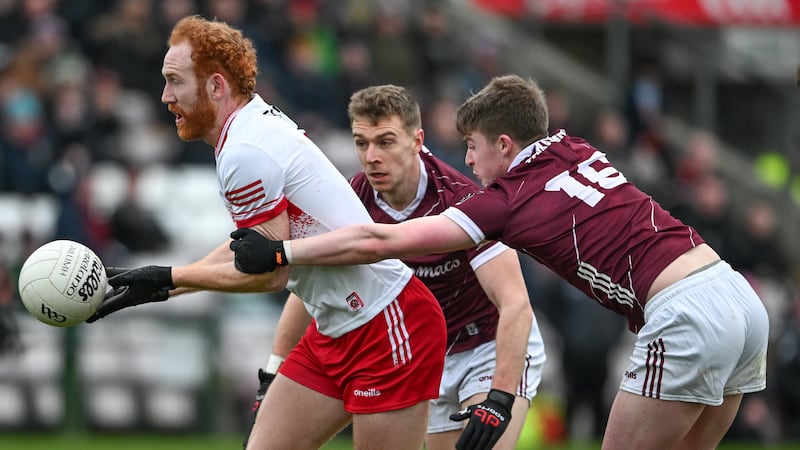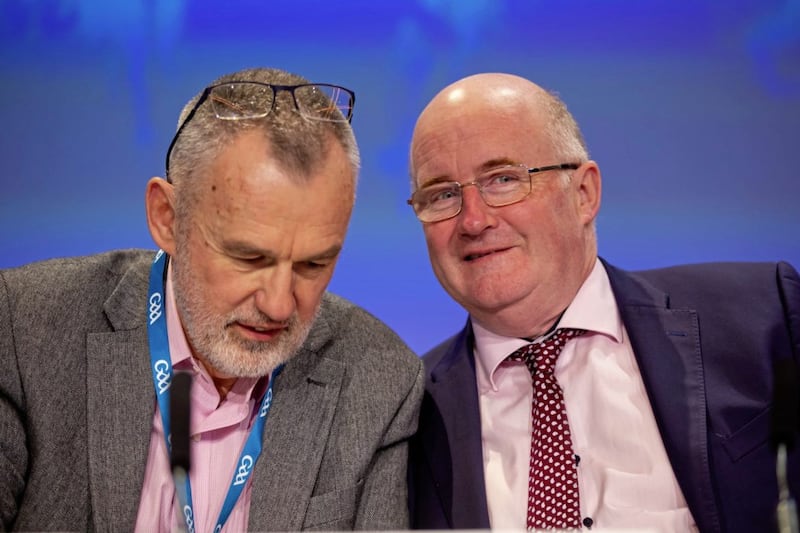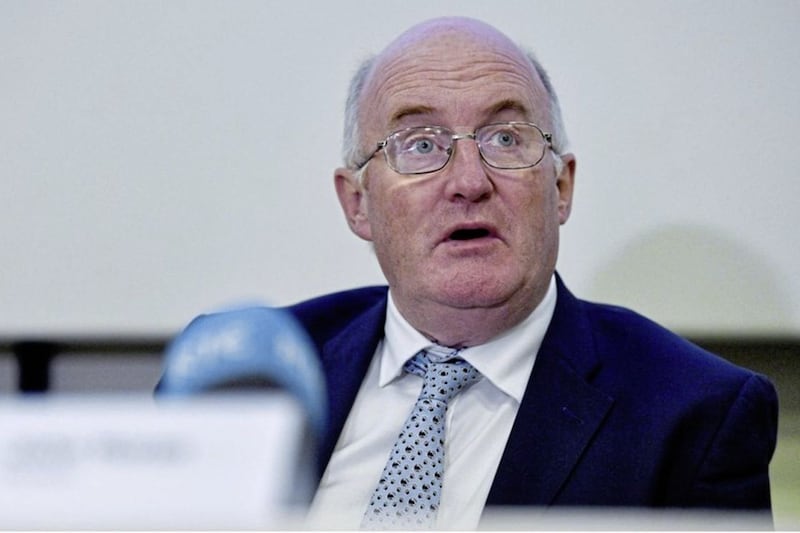GAA President John Horan says the GAA encourages government investment in rural areas to help stabilise clubs and communities impacted by emigration.
Dubliner Horan, a member of the Na Fianna club in Glasnevin which boasts over 3,000 members, visited a number of clubs during a visit to the North last Sunday including Redmond O’Hanlon’s in Poyntzpass, county Armagh, and Tullylish, just over the border in Down.
Both rural clubs, particularly O’Hanlon’s, have small numbers to pick from and have lost senior players to economic emigration in recent years. Their predicament will be familiar to many country clubs throughout Ireland, particularly along the west coast where young people have been forced to migrate to Dublin, Cork or Galway or abroad to find work.
“Unfortunately, we can’t impact upon the economics of where people live and emigration out of rural areas but we have always encouraged the government to do the best they can to spread the population throughout the country and not have them congregating in central areas,” said Horan, who is now in his second year as Uachtaran.
“It’s an economic thing, it is population. If you have people you can have a club and that depends on how they (the government) spread the economics out in terms of jobs and employment.”
Horan said that, for the GAA, “size doesn’t come into it”, adding that all clubs are treated equally, regardless of their membership when it came to funding and development opportunities.
“As I show by my travels around the country, every club is equally important to the GAA,” he said.
“When it comes to giving out grants or providing coaches, all clubs are treated equally so we would equally value a club as small as O’Hanlon’s as we would a big club.”
He added: “I go to a lot of clubs around the country and I’m often asked: ‘How did we get the president of the GAA to our club?’ The answer is that every club is important to the GAA. Size isn’t important, it’s the impact the club makes on its own community and the size of that community. That’s what’s important.
“Some clubs are going through a tough time in terms of their adult teams but the future has to be bright when you see so many kids coming down and being so happy to be wearing the club colours and being involved.
“That’s not happening by accident, that’s happening by the voluntary effort of the adults running the club and making sure things are done right. That keeps people involved.”
Many county footballers are now based in Dublin. 22 of last year’s Monaghan panel lived in the capital and had to make a three-hour round trip for training sessions and last week Leitrim manager Terry Hyland revealed that he had 21 players living in Dublin and only 12 in Leitrim.
Ulster Council president Oliver Galligan, who accompanied the Uachtaran on his visit, acknowledged that urban migration was a growing concern for the GAA.
“Rural clubs are the bedrock of our Association,” said the Cavan native, a former inter-county player.
“It’s difficult but we have to encourage and nurture all of our clubs. There is an emigration problem within the country, everybody is going to the big urban areas and that is an issue for us.”
